

|
|
|


|
Tamiya German Panther Type G - # 56021 (Radio Controlled Model Review)1/16 Scale Electric Tank -
Released by Tamiya on March 30, 2007, the German Panther Type G (#56021) is the Full Option Complete Kit version, with the DMD Control Unit, MF-01 Unit, battery, charger and 4-channel radio system included.
▼ Scroll Down for More Images ▼
Rating: 4
|








|
|
|

|
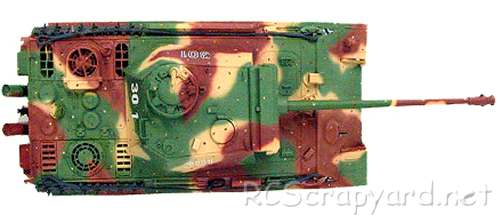
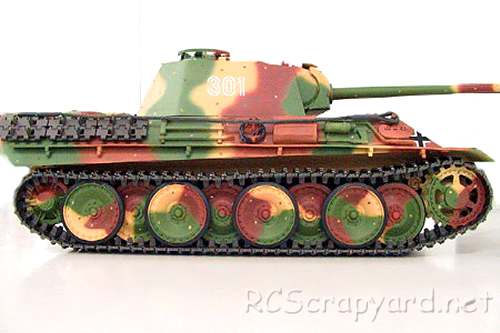
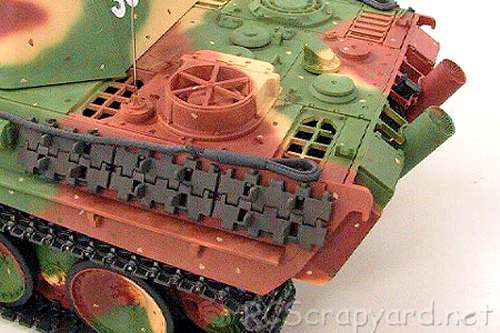
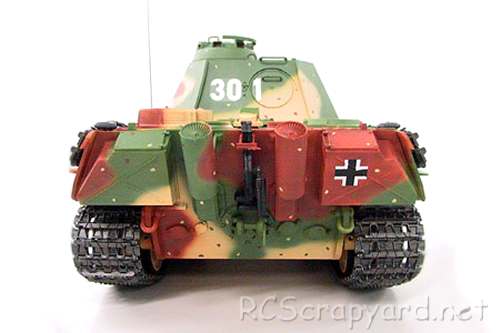
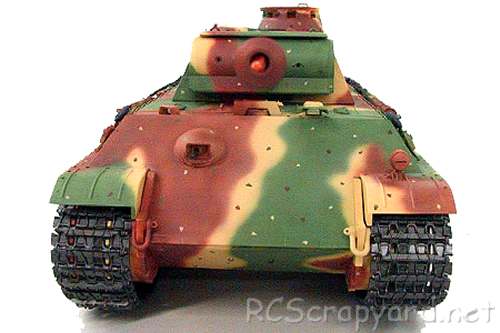
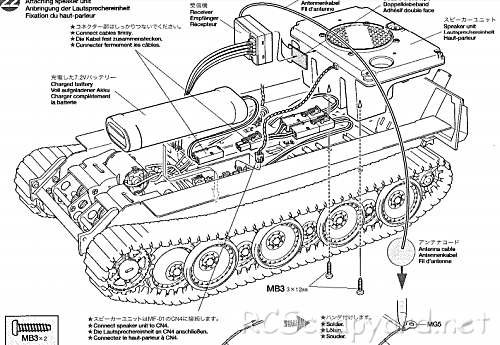
|
Hints, Tips and Information
How to avoid Radio Interference
1/ The first consideration when installing your Receiver into your Electrically Powered Model is to make sure it is well away from the Negative Battery terminal, and the Motor. The Magnetic field can cause stuttering type interference at times of high current draw (i.e., Fast Acceleration) |









|






|
|
|
|
Hints, Tips and Information
Keeping Notes
If all you will ever do is go racing at your local track every week, then this article is not for you. However, if you ever look towards travelling around to different tracks around the country, or even the world, the value of keeping notes is all too obvious.
|
|
Hints, Tips and Information
Radio Frequencies - be Careful be Safe
After buying your first car, it won't be long before you need more than simply bashing around the back yard, or out on the street. So you will be looking around to find a club that is not too far away where you can do some serious racing. |
|
RC Models:
|
Radio & Motors: |
Other
Accessories: |